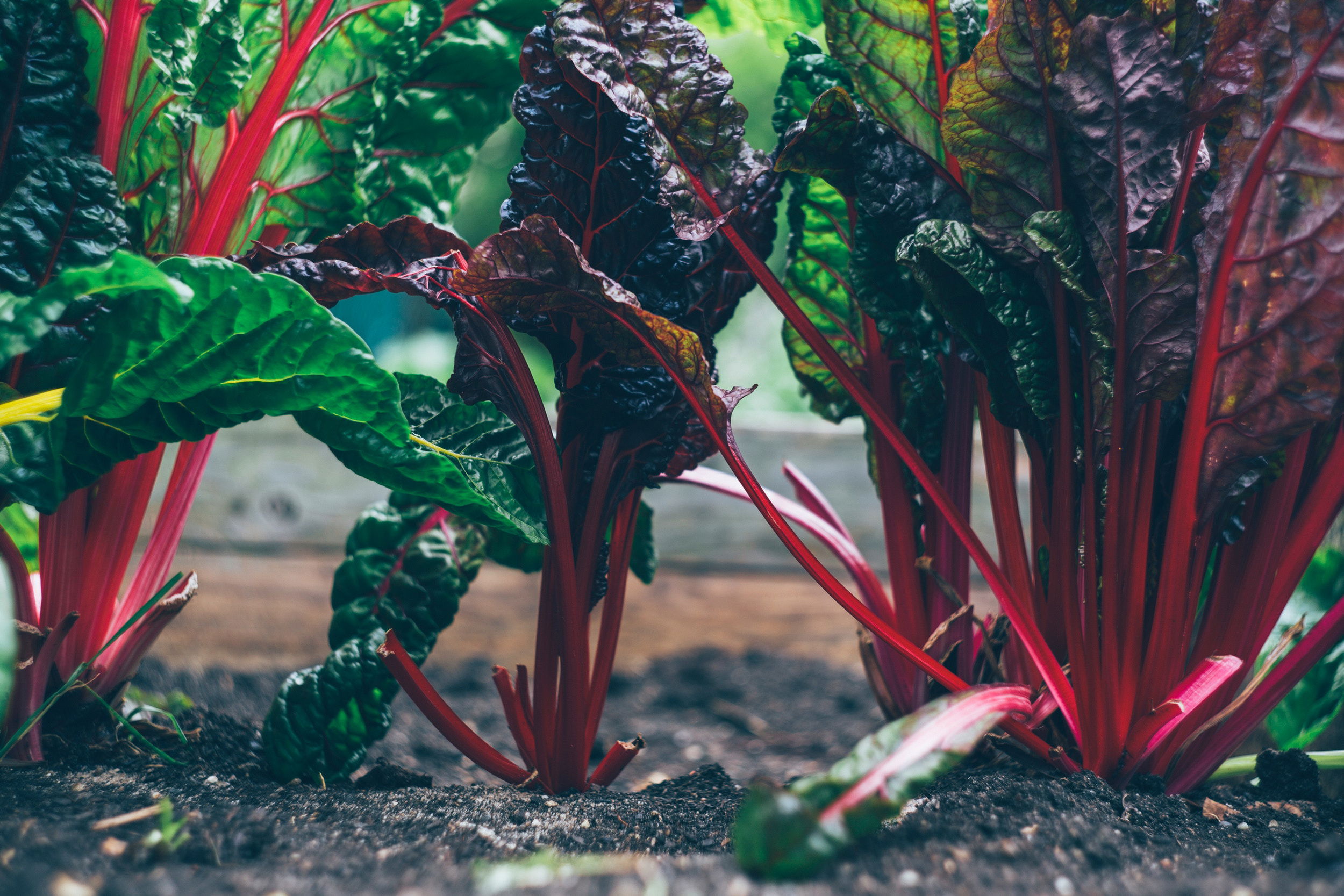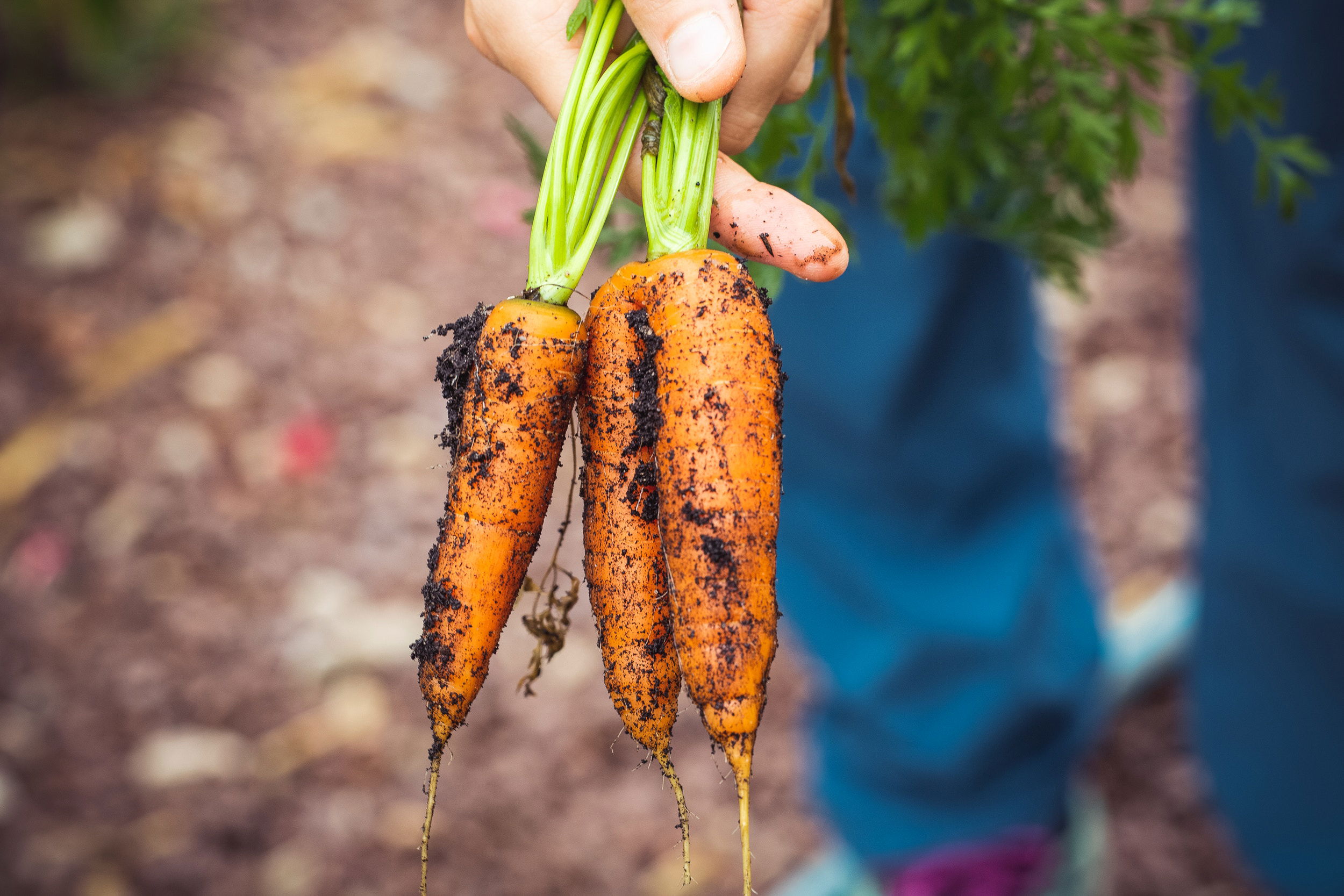Sustainable Agriculture: Balancing Food Production and Environmental Conservation
As the global population continues to grow, so does the demand for food. Agriculture is the backbone of our food supply, but traditional farming practices often come at a high cost to the environment. Sustainable agriculture, however, offers a solution to this dilemma by seeking to balance the need for food production with environmental conservation. In this article, we will explore the concept of sustainable agriculture, its principles, practices, and its critical role in ensuring a secure and healthy future for both people and the planet.

Understanding Sustainable Agriculture
Sustainable agriculture is an approach to farming that aims to meet current food production needs without compromising the ability of future generations to meet their own needs. It is a holistic approach that considers the environmental, social, and economic aspects of food production. Key principles of sustainable agriculture include:
1. Conservation of Natural Resources
Sustainable agriculture seeks to minimize the use of non-renewable resources like fossil fuels and water while preserving soil fertility and biodiversity.
2. Environmental Stewardship
It promotes practices that protect and enhance ecosystems, reduce pollution, and minimize the impact of agriculture on climate change.
3. Economic Viability
Sustainable farming should be economically viable for farmers, ensuring fair wages and livelihoods while maintaining profitability.
4. Social Responsibility
It acknowledges the importance of local communities and fair labor practices, prioritizing the well-being of farmworkers and consumers.
Sustainable Agriculture Practices
Sustainable agriculture employs a variety of practices that contribute to its overarching goals. Some of these practices include:
1. Crop Rotation
Crop rotation involves planting different crops in a sequence on the same field to prevent soil depletion and reduce the risk of pests and diseases.
2. Organic Farming
Organic farming avoids the use of synthetic pesticides and fertilizers, relying on natural methods to enhance soil health and reduce environmental impact.
3. No-Till Farming
No-till farming minimizes soil disturbance by avoiding plowing. This helps retain soil moisture, reduce erosion, and sequester carbon.
4. Cover Cropping
Cover crops are planted to protect and enrich the soil during periods when the main crop is not growing. They improve soil structure and reduce nutrient runoff.
5. Agroforestry
Agroforestry integrates trees or woody shrubs into farming systems. Trees provide shade, windbreaks, and additional income through timber and fruit production.
6. Precision Agriculture
Precision agriculture uses technology like GPS and sensors to optimize resource use, minimizing waste of water, fertilizer, and pesticides.
Benefits of Sustainable Agriculture
Sustainable agriculture offers a range of benefits:
1. Environmental Conservation
By reducing chemical inputs, conserving soil and water, and promoting biodiversity, sustainable agriculture helps protect ecosystems and reduces environmental degradation.
2. Improved Soil Health
Sustainable practices improve soil fertility, structure, and nutrient content, resulting in higher crop yields over the long term.
3. Reduced Erosion and Pollution
Practices like no-till farming and cover cropping reduce soil erosion and prevent the runoff of chemicals into waterways, improving water quality.
4. Climate Change Mitigation
Sustainable agriculture can sequester carbon in soil and trees, helping mitigate climate change.
5. Resilience to Climate Variability
Diverse cropping systems and improved soil health make farms more resilient to extreme weather events.
6. Enhanced Food Security
Sustainable practices contribute to stable food production by protecting the long-term health of agricultural systems.
Challenges and Future Directions
While sustainable agriculture holds great promise, it faces challenges:
1. Transition Costs
Transitioning from conventional to sustainable practices may require initial investments and changes in farming methods.
2. Knowledge and Education
Farmers need access to knowledge and training to implement sustainable practices effectively.
3. Market Access
Sustainable products must find markets willing to pay fair prices for environmentally friendly and ethically produced food.
4. Policy Support
Government policies can influence the adoption of sustainable agriculture through incentives and regulations.

The Role of Consumers
Consumers play a crucial role in driving the adoption of sustainable agriculture. By choosing to buy sustainably produced food and supporting initiatives that promote sustainable farming practices, individuals can contribute to a more environmentally friendly and ethical food system.
Conclusion
Sustainable agriculture is not just a concept; it is a necessity for the well-being of our planet and future generations. By embracing practices that protect the environment, conserve natural resources, and promote social responsibility, we can ensure a future where food production meets the needs of a growing population without compromising the health of our planet. It is a path that leads to a more secure, equitable, and sustainable food system for all.
Sources:
- Sustainable Agriculture - United States Department of Agriculture (USDA)
- What is Sustainable Agriculture? - Sustainable Agriculture Research & Education (SARE)
- Principles of Sustainable Agriculture - National Sustainable Agriculture Information Service (ATTRA)
- Sustainable Agriculture: Definitions and Terms - University of California, Davis
- Sustainable Agriculture and Food Systems - Food and Agriculture Organization of the United Nations (FAO)
- Sustainable Agriculture - World Wildlife Fund (WWF)
- The State of Sustainable Agriculture - Environmental Health News